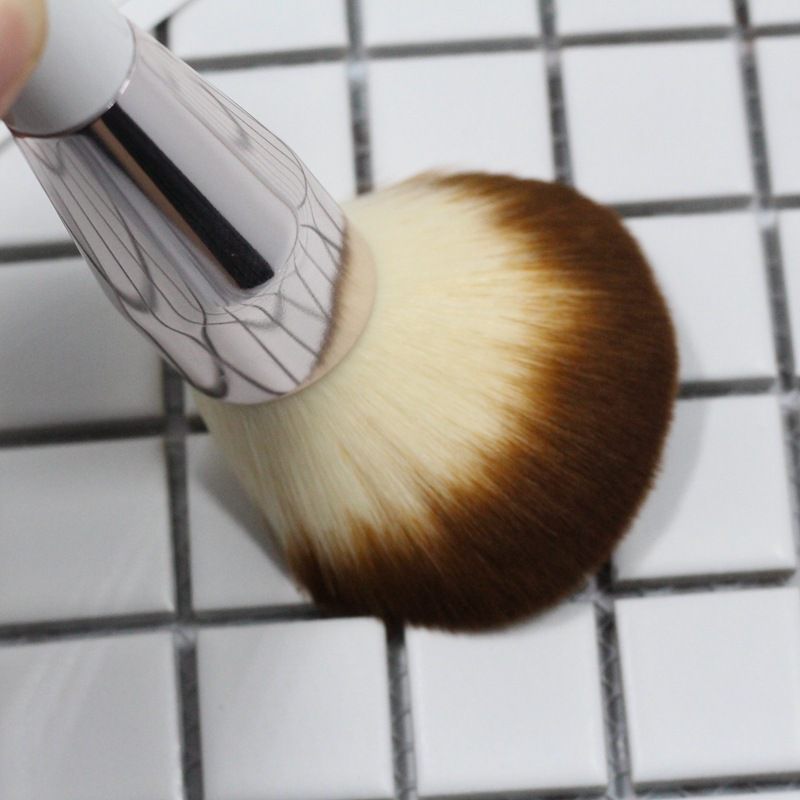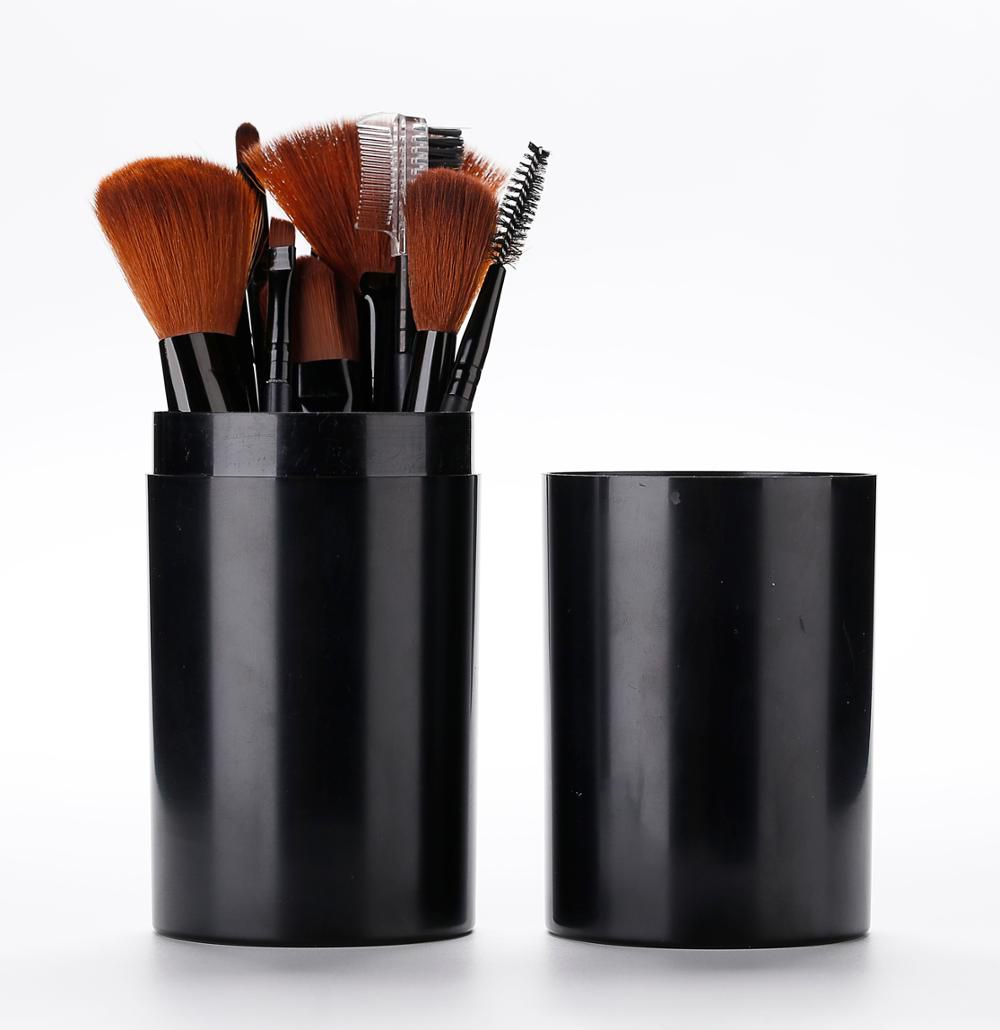Industry news
Mexico’s Brush Industry Partners with U.S. Retailers: Near-Shore Supply Chains Cut Bristle Delivery Time
- 621 Views
- 2025-11-22 01:32:21
Mexico’s Brush Industry and U.S. Retailers: How Near-Shore Supply Chains Slash Bristle Delivery Time
In the post-pandemic era, global supply chains are undergoing a quiet revolution. As U.S. retailers grapple with the unpredictability of long-haul Asian sourcing—think port congestion, 40-day海运 delays, and rising container costs—many are turning south. Mexico, with its proximity, trade-friendly policies, and growing manufacturing prowess, has emerged as a key near-shore partner. Nowhere is this shift more tangible than in the cosmetic brush industry, where a burgeoning collaboration between Mexico’s brush manufacturers and U.S. beauty retailers is redefining bristle delivery timelines.
The numbers tell the story: A 2024 survey by the American Cosmetics Retailers Association (ACRA) found that 68% of U.S. beauty chains have increased near-shore sourcing for cosmetic tools, up from 32% in 2019. Central to this trend is Mexico’s brush sector, which has invested $120 million in bristle processing facilities since 2022, according to Mexico’s National Association of Cosmetic Manufacturers (ANFAC). For U.S. retailers like Ulta Beauty and Sephora, the payoff is stark: Bristle delivery times have plummeted from 45–50 days (typical for Asian suppliers) to just 7–10 days via cross-border trucking.
Why Mexico? Proximity is the cornerstone. Located a mere 1,800 miles from major U.S. distribution hubs like Dallas and Los Angeles, Mexico avoids the logistical nightmares of trans-Pacific shipping. But it’s more than geography. The USMCA trade agreement eliminates tariffs on 95% of goods between the two countries, slashing costs for synthetic and natural bristle imports—a critical factor, as bristle materials account for 35% of a cosmetic brush’s production cost. Additionally, shared time zones and cultural alignment reduce communication lag, with Mexican manufacturers reporting 40% faster order adjustments compared to Asian counterparts, per a 2023 study by Supply Chain Dive.

For Mexico’s brush industry, the partnership is transformative. Historically focused on low-cost assembly, local factories are now upgrading to high-tech bristle processing, thanks to U.S. retailer investments. Take Grupo Pinceles, a Guadalajara-based manufacturer: With a $15 million injection from a U.S. retail consortium, it installed automated bristle sorting machines in 2023, boosting output by 50% and cutting defect rates to 0.3%—on par with top Asian producers. “We’re no longer just a ‘cheap labor’ option,” says CEO Maria Gonzalez. “We’re a reliability partner.”

The impact ripples beyond delivery times. U.S. retailers are seeing inventory turnover rates rise by 25–30%, as shorter lead times let them respond faster to viral TikTok makeup trends or seasonal demands (think summer “glow” brush sets). For consumers, this means fewer stockouts and fresher, higher-quality brushes—since bristle degradation from prolonged storage is minimized. Meanwhile, Mexico’s brush exports to the U.S. hit $420 million in 2023, up 45% year-over-year, per Mexico’s Economy Ministry, positioning the country as the second-largest supplier of cosmetic brushes to the U.S. after China.
Looking ahead, the collaboration could deepen. Industry insiders predict U.S. retailers will push for vertically integrated near-shore supply chains, with Mexican factories expanding into custom bristle blends (e.g., vegan synthetic fibers) and on-demand production. “Near-shore isn’t just about speed—it’s about agility,” notes David Chen, supply chain director at a major U.S. beauty brand. “In an era where a viral makeup tutorial can empty shelves overnight, 7-day bristle delivery isn’t a luxury; it’s survival.”
In the end, Mexico’s brush industry and U.S. retailers are rewriting the rules of global sourcing—proving that sometimes, the best supply chain innovation is just a short drive south.











